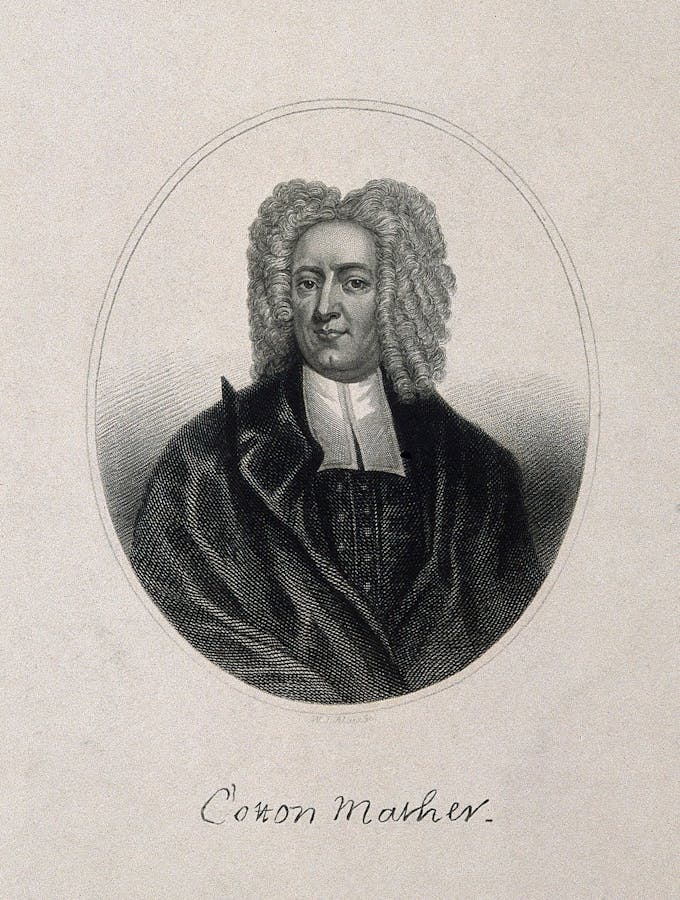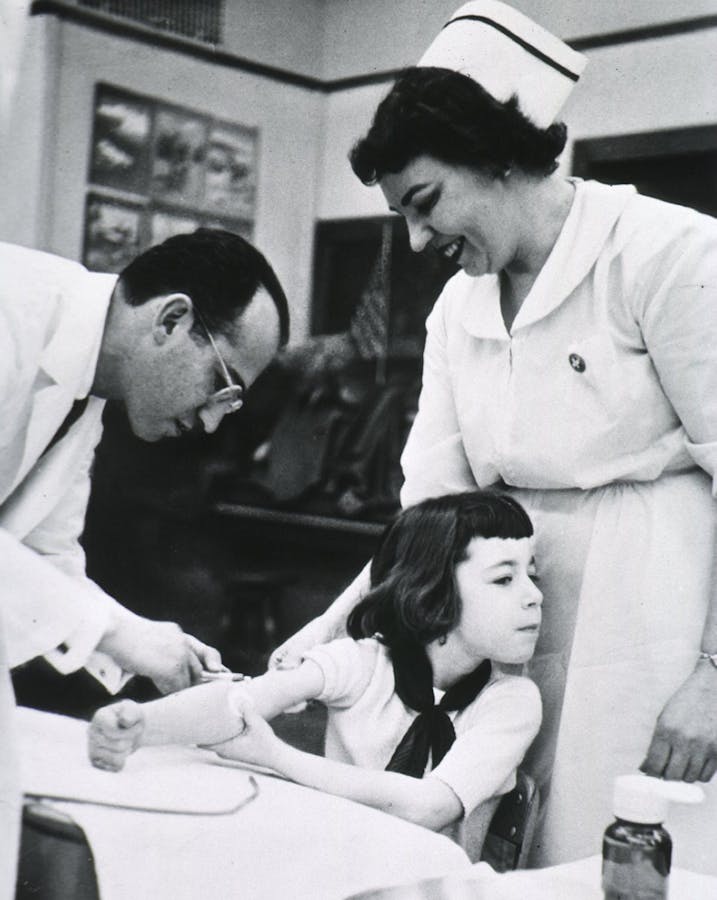Smallpox. Polio. Malaria. These and other infectious diseases were once a scourge on humanity. Now some have either been eradicated by vaccines or are expected to be so within the coming decades.
Modern medicine has revealed astounding insights into the human body and the treatment of sickness and disease. Medical technologies now enable us to confront many of the ailments that, for centuries, caused immense suffering and struck fear in the hearts of people.
The Bible inspired some of the most important figures behind these modern medical miracles, encouraging them to seek better and better ways to care for the sick.
“The fundamental teaching of Judaism, [of] one unitarian Almighty, benevolent, all-pervading, eternal Divine force, of which the spirit of man was created an image, is for me still the most rational way of accepting man’s position and fate in this world and the Universe.”
Ernst Boris Chain, “Why I Am a Jew,” 1965

Cotton Mather’s inoculation campaign encountered resistance that was partly rooted in religious convictions and racist perspectives. Yet, of those inoculated, only one in 40 died, as compared to one in seven of those who were not.
Cotton Mather. Line engraving by W. J. Alais after P. Pelham, 1727. Wellcome Collection. Public Domain Mark.
Cotton Mather was a Puritan minister and leading scholar in colonial America. When a smallpox epidemic struck Boston in 1721, Mather was informed about inoculation by Onesimus, an enslaved person from West Africa, where inoculation was a common practice. Mather mobilized one of the first major inoculation campaigns in Western society.
Jewish American virologist Jonas Salk developed one of the first successful vaccines against the polio virus, which affected more than 45,000 Americans annually. Salk was influenced by his religious upbringing, particularly the Jewish idea of tikkun olam, or “repairing the world.” Today, the eradication of this once feared disease is nearly complete.
Medicine and faith were both on display when the COVID-19 pandemic infected millions and shut down the world in 2020. Medical professionals were on the front lines of this unprecedented and ongoing battle. For some, the Bible served as a source of strength during their most challenging moments.

Cotton Mather’s inoculation campaign encountered resistance that was partly rooted in religious convictions and racist perspectives. Yet, of those inoculated, only one in 40 died, as compared to one in seven of those who were not.
Cotton Mather. Line engraving by W. J. Alais after P. Pelham, 1727. Wellcome Collection. Public Domain Mark.
Cotton Mather was a Puritan minister and leading scholar in colonial America. When a smallpox epidemic struck Boston in 1721, Mather was informed about inoculation by Onesimus, an enslaved person from West Africa, where inoculation was a common practice. Mather mobilized one of the first major inoculation campaigns in Western society.
Jewish American virologist Jonas Salk developed one of the first successful vaccines against the polio virus, which affected more than 45,000 Americans annually. Salk was influenced by his religious upbringing, particularly the Jewish idea of tikkun olam, or “repairing the world.” Today, the eradication of this once feared disease is nearly complete.
Medicine and faith were both on display when the COVID-19 pandemic infected millions and shut down the world in 2020. Medical professionals were on the front lines of this unprecedented and ongoing battle. For some, the Bible served as a source of strength during their most challenging moments.

Cotton Mather’s inoculation campaign encountered resistance that was partly rooted in religious convictions and racist perspectives. Yet, of those inoculated, only one in 40 died, as compared to one in seven of those who were not.
Cotton Mather. Line engraving by W. J. Alais after P. Pelham, 1727. Wellcome Collection. Public Domain Mark.
Cotton Mather was a Puritan minister and leading scholar in colonial America. When a smallpox epidemic struck Boston in 1721, Mather was informed about inoculation by Onesimus, an enslaved person from West Africa, where inoculation was a common practice. Mather mobilized one of the first major inoculation campaigns in Western society.
Jewish American virologist Jonas Salk developed one of the first successful vaccines against the polio virus, which affected more than 45,000 Americans annually. Salk was influenced by his religious upbringing, particularly the Jewish idea of tikkun olam, or “repairing the world.” Today, the eradication of this once feared disease is nearly complete.
Medicine and faith were both on display when the COVID-19 pandemic infected millions and shut down the world in 2020. Medical professionals were on the front lines of this unprecedented and ongoing battle. For some, the Bible served as a source of strength during their most challenging moments.












